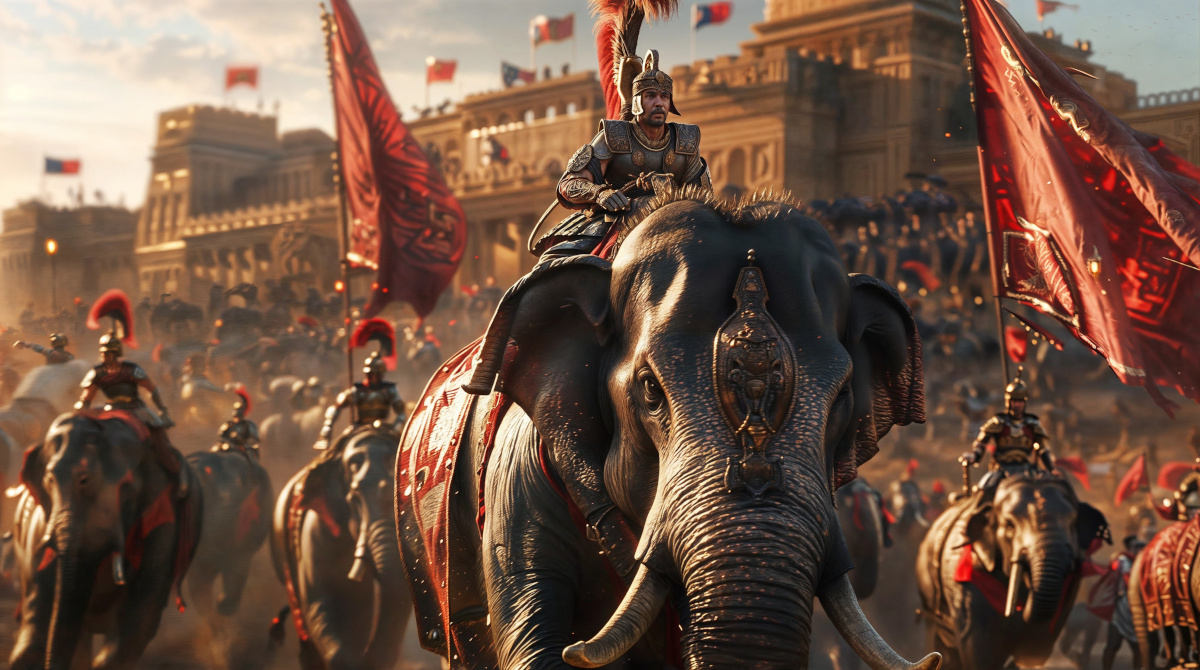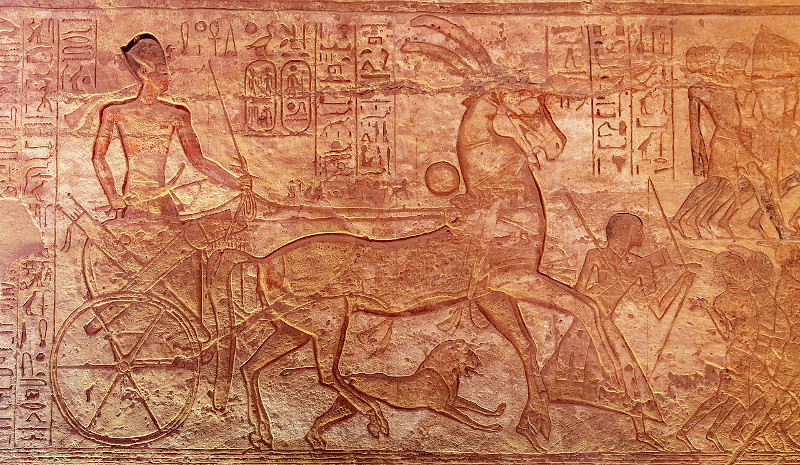
The Role of Animals in Ancient Warfare: War on All Four
The utilization of animals in ancient warfare is a fascinating subject that underscores the ingenuity and adaptability of early civilizations in our past. Throughout history, animals have been indispensable allies in battles, offering strength, speed, and unique tactical advantages that often determined the outcomes of major conflicts. From the war elephants of the Indian subcontinent to the cavalry horses of the Mongol Empire, animals have shaped the strategies, logistics, and overall conduct of warfare. And they also show how man always rose to be at the top of the evolutionary tree - finding use for virtually every animal around him.
Horses: The Backbone of Ancient Cavalry
Horses were perhaps the most influential animals in ancient warfare, revolutionizing combat with the advent of cavalry. Their speed and agility allowed for rapid movement across battlefields, facilitating flanking maneuvers, surprise attacks, and quick retreats. The use of horses in warfare dates to the domestication of the horse around 3500 BC on the steppes of Central Asia. By the time of the ancient Mesopotamian and Egyptian civilizations, horses were integral to chariotry, providing a platform for archers and spearmen. The war chariot was a true revolution in ancient warfare, providing speed, maneuverability, and lethal accuracy. It is also likely that horse breeding appeared around this time as well, ensuring that only the fittest and strongest horses would be used for war.
- Dogs of War: Ancient History of Animals in Warfare
- The Exotic Menagerie: The Wild Animals Slaughtered in Gladiator Games
The Scythians, a nomadic people from the Eurasian steppes, were among the first to develop effective mounted warfare tactics around the 9th century BC. Their ability to fight on horseback with composite bows gave them a significant advantage over infantry-based armies. Similarly, the Parthians and later the Persians refined cavalry tactics, including the famous "Parthian shot," a technique where mounted archers would feign retreat and then turn to shoot at pursuing enemies. Mounted combat proved to be devastatingly effective, even more so than chariotry. Throughout history, peoples such as Scythians, Huns, and Mongols, proved to be powerful enemies, placing entire empires at risk. This was due to their ability to move swiftly across great distances, bring vast herds of horses with them, and to overpower traditional foot armies with their speed and precision.

Carved relief of Ramesses II during the Battle of Kadesh at Abu Simbel. (Diego Delso / CC BY-SA 4.0)
In Europe, the Greeks and Romans initially used horses primarily for chariots but eventually adopted and perfected cavalry units. Alexander the Great's elite Companion Cavalry (hetairoi) was a formidable force, instrumental in his conquests across Asia. Many historians consider them the world’s first shock troops, akin to an ancient “blitzkrieg” force. These mounted warriors were instrumental for Alexander’s swift conquests across the world. The Romans as well, known for their adaptability, incorporated cavalry units called "alae" into their legions, enhancing their flexibility and reach on the battlefield. Beside the classic Roman soldier, these horsemen were the backbone of Roman expansion.
Elephants: Living Tanks of the Ancient World
Massive war elephants were another significant military innovation, particularly in South Asia, North Africa, and parts of the Hellenistic world. These colossal animals were used to instill terror, trample enemy soldiers, and break through defensive lines. The earliest recorded use of war elephants dates back to the Indian subcontinent around the 4th century BC, where they played a crucial role in the armies of the Magadha and Nanda Empires. From there, their use spread into the Classical world as well, where even a few war elephants could turn the tide of a major battle. In many ways, they could be considered the tanks of the ancient world, and merely seeing them enter the battlefield was enough to send brave men fleeing in panic.
"Elephants, when tamed, are employed in war, and carry into the ranks of the enemy towers filled with armed men; and on them, in a very great measure, depends the ultimate result of the battles that are fought in the East. They tread under foot whole companies, and crush the men in their armor."
Pliny, Natural History (VIII.ix.27)
The most famous use of war elephants in Western history is attributed to the Carthaginian general Hannibal during the Second Punic War (218-201 BC). Hannibal famously crossed the Alps with his elephants to launch a surprise attack on Rome. Although the journey took a heavy toll on the animals, those that survived had a profound psychological impact on the Roman troops. Hannibal himself rode on an elephant, his personal favorite, whom he named Surus. It was said to be a formidable creature of war, with one tusk broken in half.




